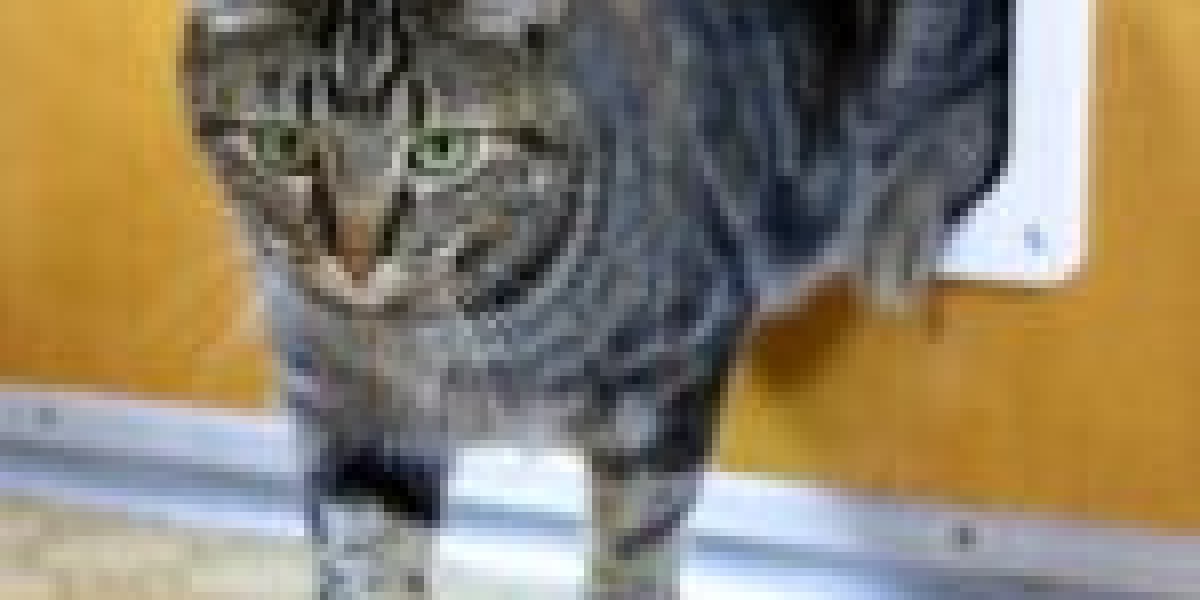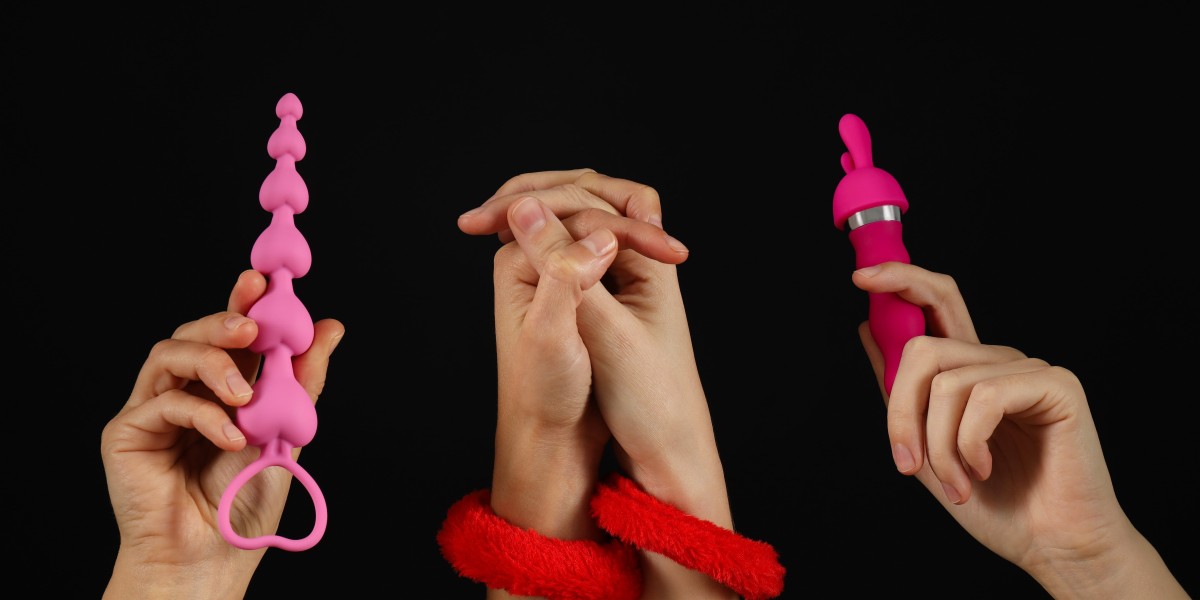The Purr-fect Solution: A Comprehensive Guide to Indoor Cat Door Installation
As any residential cat door installation owner knows, supplying a safe and hassle-free method for felines to get in and exit your home can be a difficulty. Conventional doors often position an issue, as they can be challenging for cats to open and close, and might even posture a danger of unexpected escape or injury. This is where indoor cat doors can be found in-- a simple, yet effective option that enables your feline buddy to come and go as they please, while preserving the comfort and security of your home.
In this post, we will dive into the world of indoor cat door installation, checking out the advantages, types, and installation processes included. Whether you're a skilled DIY lover or an amateur house owner, this extensive guide will supply you with all the information you need to create a purr-fectly functioning cat door for your feline companion.
Advantages of Indoor Cat Doors
Before we dive into the installation process, let's have a look at the benefits of indoor cat doors:
• Convenience: Indoor cat rescue door installation [written by Repairmywindowsanddoors] doors permit your cat to come and go as they please, removing the need for continuous door opening and closing.• Energy Efficiency: By decreasing the variety of times you require to open and close conventional doors, indoor cat doors can assist decrease heat loss and gain, making your home more energy-efficient.• Safety: Indoor cat doors lower the threat of unintentional escape or injury, as your cat can securely enter and exit your house without the danger of being trapped or hit by a closing door.• Reduced Stress: Indoor cat doors can help in reducing stress and stress and anxiety in both felines and owners, as they remove the requirement for constant door tracking and develop a more peaceful living environment.
Kinds Of Indoor cat door for interior door Doors
When it comes to indoor cat doors, there are numerous types to pick from, each with its own distinct attributes and advantages:
- Magnetic Cat Doors: These doors utilize a magnetic closure system to keep the door shut, and are perfect for smaller sized cats and kittycats.
- Spring-Loaded Cat Doors: These doors use a spring-loaded system to keep the door shut, and appropriate for larger felines and multi-cat families.
- Electronic Cat Doors: These doors use sensing units and motors to manage access, and are best for tech-savvy owners who desire a high-tech solution.
- Handbook Cat Doors: These doors require manual opening and closing, and are ideal for owners who choose a more conventional approach.
Installation Process
Installing an indoor cat door is a relatively straightforward process that needs some basic DIY skills and tools. Here's a step-by-step guide to assist you get going:
Tools Needed:
- Drill and bits
- Screwdriver and screws
- Determining tape
- Level
- Pencil and marker
- Safety glasses and a dust mask (optional)
Step 1: Choose the Perfect Location
When choosing the best area for your indoor cat door, consider the list below factors:
- Traffic: Choose an area with minimal foot traffic to prevent mishaps and stress.
- Availability: Ensure the location is quickly accessible for your cat, and preferably near a food source or litter box.
- Climate: Avoid locations with severe temperatures, wetness, or drafts.
Step 2: Measure and Mark the Door
Step the width of your cat door and mark the center point on the wall or door frame. Use a level to guarantee the mark is straight, and a pencil to draw a line along the length of the door.
Step 3: Cut Out the Door
Utilize a drill and bits to cut out a hole for the cat door, following the producer's guidelines for size and shape.
Step 4: Install the Door Frame
Install the door frame, guaranteeing it is level and protect. Use screws to connect the frame to the wall or door frame.
Step 5: Add the Door Panel
Connect the door panel to the frame, following the producer's guidelines for assembly and installation.
Step 6: Test the Door
Evaluate the door to guarantee it is functioning appropriately, and make any needed adjustments to the positioning or stress.
Frequently Asked Questions (FAQs)
Q: How do I choose the right size cat door for my pet?
A: Measure your cat's width and height to identify the ideal door size. Speak with the manufacturer or a pet expert for guidance.
Q: How do I prevent drafts and moisture from getting in through the cat door?
A: Install a weatherproof seal or threshold to lessen drafts and moisture. Routinely tidy and maintain the door to prevent damage.
Q: Can I set up an indoor residential cat door installation door in a load-bearing wall?
A: It is advised to avoid setting up cat doors in load-bearing walls, as this can compromise the structural stability of your home. Talk to a professional if you're not sure.
Q: How do I keep other animals or pests from entering through the cat door?
A: Install a safe locking system or use a magnetic closure system to prevent undesirable entry. Consider including a screen or mesh to keep pests and bugs out.
Advice:

• Add a ramp or step: Create a comfy and safe entry point for your cat by adding a ramp or action.• Use a soft-close system: Reduce sound and stress by installing a soft-close mechanism that slows the door's closure.• Regularly clean and maintain the door: Keep your cat door in top condition by frequently cleaning up and keeping the door and its parts.
In conclusion, setting up an indoor cat door is an easy and efficient way to develop a comfortable and practical living environment for your feline friend. By following this detailed guide, you can develop a purr-fectly functioning cat door that fulfills your pet's needs and boosts your home's convenience and security.








